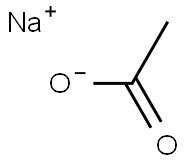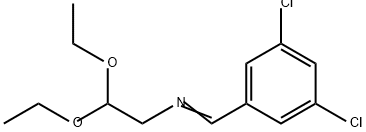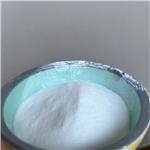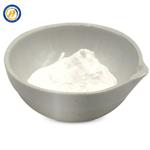
Natamycin
- Product NameNatamycin
- CAS7681-93-8
- CBNumberCB4419954
- MFC33H47NO13
- MW665.73
- EINECS231-683-5
- MDL NumberMFCD00135085
- MOL File7681-93-8.mol
Chemical Properties
| Melting point | 2000C (dec) |
| alpha | D20 +278° (c = 1 in CH3COOH) |
| Boiling point | 952℃ |
| Density | 1.0 g/mL at 20 °C(lit.) |
| bulk density | 200kg/m3 |
| refractive index | 1.5960 (estimate) |
| Flash point | >110°(230°F) |
| storage temp. | Keep in dark place,Inert atmosphere,2-8°C |
| solubility | Soluble in DMSO |
| pka | pKa 4.6(50% aq. MeOEtOH) (Uncertain);8.35 (Uncertain) |
| form | aqueous suspension |
| color | Cream colored |
| Water Solubility | 0.41g/L(21 ºC) |
| Sensitive | Light Sensitive |
| Merck | 13,6453 |
| BRN | 1614878 |
| Stability | Light sensitive |
| InChIKey | NCXMLFZGDNKEPB-FFPOYIOWSA-N |
Safety
| Symbol(GHS) |

|
| Signal word | Warning |
| Hazard statements | H303 |
| Precautionary statements | P270-P301+P312 |
| Hazard Codes | Xn |
| Risk Statements | 22 |
| Safety Statements | 24/25-36 |
| WGK Germany | 2 |
| RTECS | TK3325000 |
| F | 8-10 |
| HS Code | 29419090 |
| Toxicity | LD50 orally in male, female rats (g/kg): 2.73, 4.67 (Levinskas) |





